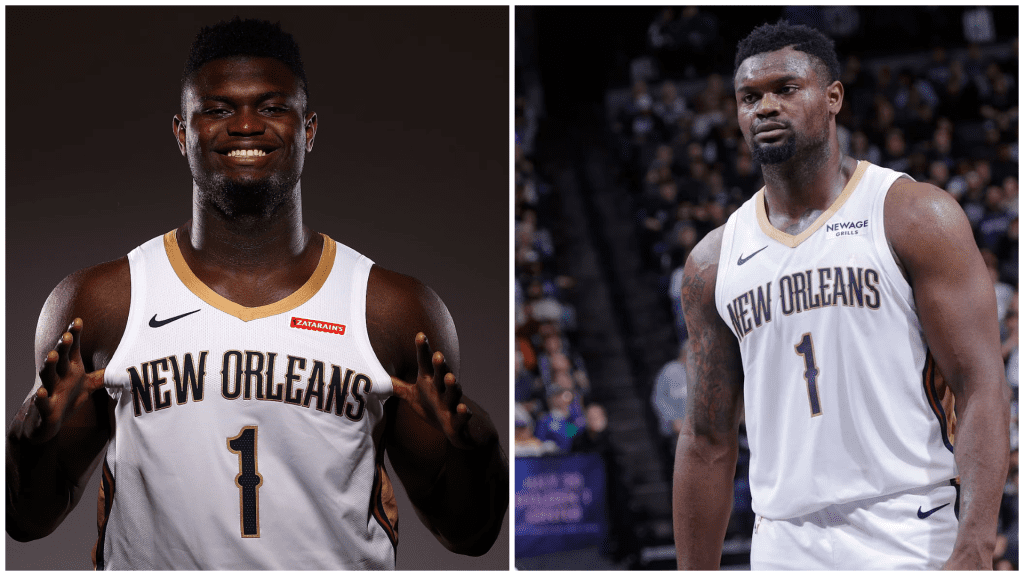
The Rise, Stall, and Hope Behind Zion Williamson’s Rollercoaster Run
I can still picture the moment Zion Williamson was introduced at Duke. It wasn’t just a player walking onto the court—it was a promise of something explosive. Built like a mountain, he moved with the grace of a teenager, carrying the weight of expectations but light in his steps. I remember the roar when he took off for thunderous dunks, how every bounce of the ball felt like an announcement: “This is special.” That season at Duke, Zion averaged over 22 points and nearly nine rebounds, dominating with a field goal percentage north of 68%—a sign he could carry that power into the NBA.
Fast forward to the 2019 NBA Draft night: the New Orleans Pelicans took him with the first pick. Fans exploded. It felt like a franchise was reborn on that green stage. And early glimpses in the league only stoked that feeling.
But then the stall. The very body that made Zion legendary also became fragile. He missed chunks of seasons with injuries—hamstring strains, knee setbacks, mysterious leg issues. In this season alone, he missed about 27 games with a hamstring strain, and even when he came back, it felt like the moment he shined, something would snap again. The pattern was heartbreaking: high-energy performances followed by sudden disappearances.
I remember one night early this season, he erupted for 40 points in under 30 minutes against Sacramento. It was electric. He barely dunked once—just powerful moves and relentless drive. He looked focused, evolved. But that euphoria was short-lived.
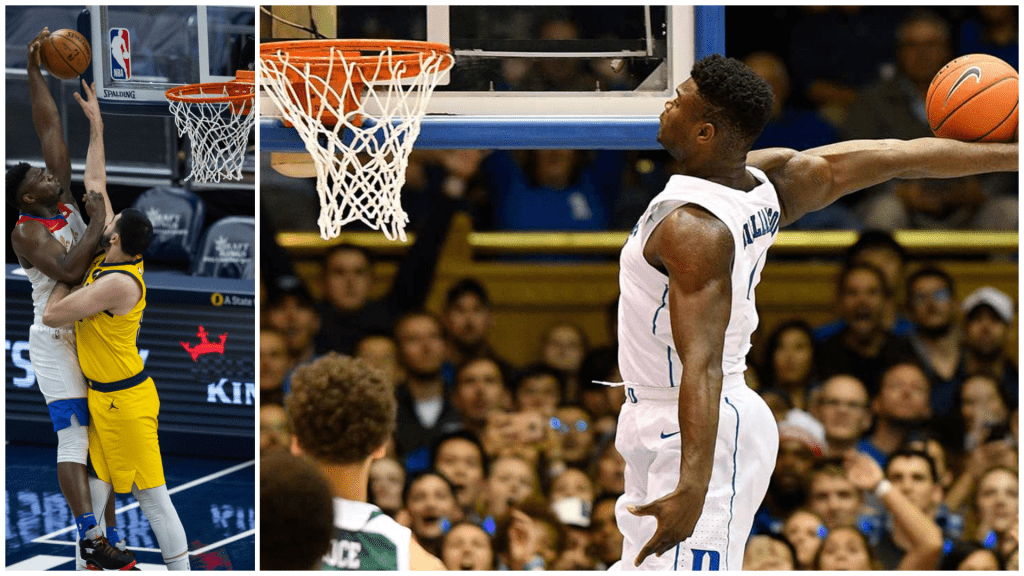
One game, he drops his first career triple-double—27 points, 10 rebounds, 11 assists. Two weeks later, another. Hope flickered. But next thing you know, he’s limping, sidelined again. Fans began to sigh when his number wasn’t on the lineup board. Was this really how things were going to go? The same weight questions, the same injury fears—every moment of excitement came with a twinge of dread.
And off the court, the sting of criticism was real. Shannon Sharpe said he found it embarrassing that Zion needed weight clauses in his contract. In a world where champions play for pride, not incentives, it cut deep. Stephen A. Smith revealed moments depicting Zion struggling with food control—including rumors of him stashing snacks under his bed. It was raw, it was unsettling, but it painted a human face behind the headlines. I remember thinking: “We’re seeing a person trying to balance superstardom and struggles.” Our superhuman can’t stay in human shape.
Still, when Zion plays, he reminds you why you care. Even in a tough season where the Pelicans sit near the bottom of the standings, he averages about 24.6 points, 7.2 rebounds, 5.3 assists, and shoots over 56% across the board. That stat line isn’t about hype—it’s about actuality. Those flashes feel real, they burn bright. But behind them is always that nagging question: how long will he stay?
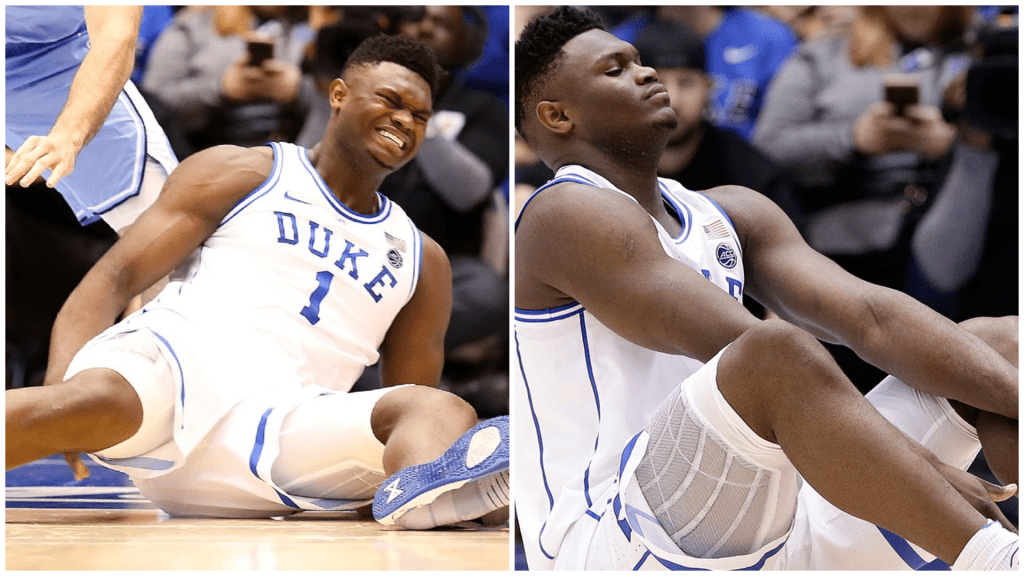
Why Hope Still Lives
After watching ups and downs for years, you learn to hold your breath. But this season’s been different. Zion logged a career-high 70 games last year—his healthiest season yet. His field goal percentage dipped only slightly, but he became more versatile, posting about 22.9 points, 5.8 rebounds, and five assists per game. That wasn’t just good—it was consistency, the kind that builds trust.
This year, he’s trimmed over 20 pounds, down to 264 pounds—his lightest since he arrived in the league. You can see it on the court—quicker pivot, lighter steps, sustained energy in the fourth quarter. It’s gradual, but noticeable. Even critics had to nod. Pelicans coach Willie Green praised his spark, and even Shaq couldn’t deny the effort—though he still urged more reliability from a franchise centerpiece.
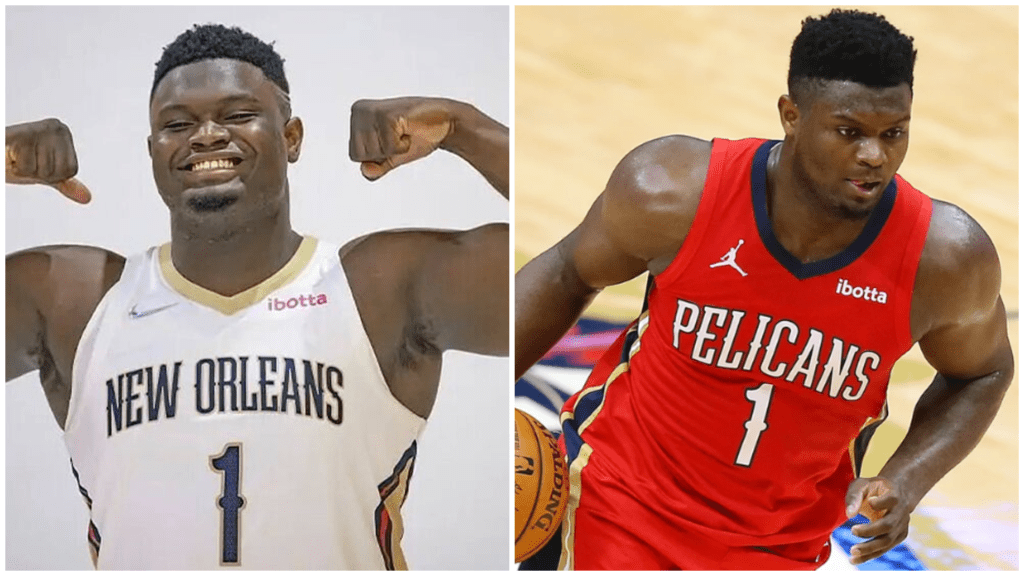
And now, we’ve seen those back-to-back triple-doubles. That surge delivered 27-10-11 in Phoenix, followed by 22-10-12 against the Clippers. That’s not fluke stat-padding. That’s a player taking charge. One night it’s playoff-level leadership. Another night, he’s pushing through pain, finding the willingness to play through setbacks.
I remember seeing him drive through traffic, dunk over 6-foot-10 defenders, then pivot seamlessly into creating for teammates. Despite missing 60% of the games, those 22—each one packed with highlights—showcase raw dominance. That’s enough to fuel belief. Enough that the Pelicans and their fans still plan around him.
It’s also about context. The Pelicans built a roster around him—they traded Brandon Ingram near the deadline and made moves showing they’re building with Zion as the center. Their cap space, draft picks, future plans—it all aligns behind the hope he becomes a cornerstone again.
We shouldn’t overlook the simple joy. In the building, courtside, every bucket Zion makes feels alive. There’s laughter, there’s noise. Social media lights up. Even casual fans get excited. It’s contagious, and occasionally those moments stretch into multi-game runs.
I don’t know how many more times he’ll fall. I don’t know if he’ll stay this slimmer version all year. But there’s hope. Each time he stays on the court longer, each game he completes, each moment he stays healthy, the belief grows that this version of Zion might finally stick.
Because here’s the thing: fans don’t root for perfect. Fans root for potential realized, for redemption and resilience. Zion’s journey is scarred—but that just makes it more human, more relatable. Every injury comeback, every weight drop, every flashy triple-double—those feel earned.
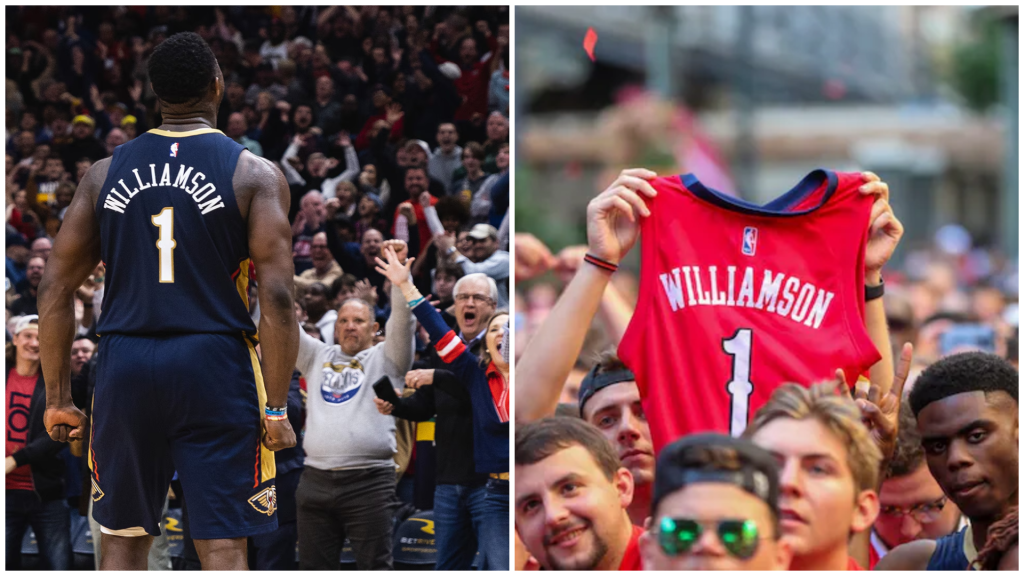
So now we’re caught in that familiar tug-of-war. We see the old flashes and fear the old patterns. But this feels different. Not perfect, but different. There’s a season’s worth of story ahead. If he can string games together, stay lighter, hit his targets, what becomes possible?
He could still be the player we saw at Duke—dominant, electric, someone who changes games. He could fulfill the promise that made everyone stop and stare. Not just another highlight reel, but someone who shapes a franchise, maybe more than one. And if that happens, man, that will be the comeback story of the decade.
So yeah, his rise was bright. His stall has been long and painful. And now, this glimmer of hope—weight lost, games logged, flashes igniting—might just say the story isn’t over. I’m leaning back in my seat, eyes fixed on every update, every game day lineup. Because in Zion’s story, the hope is the hero.